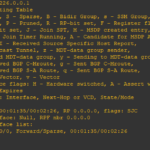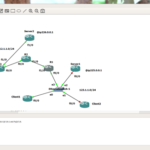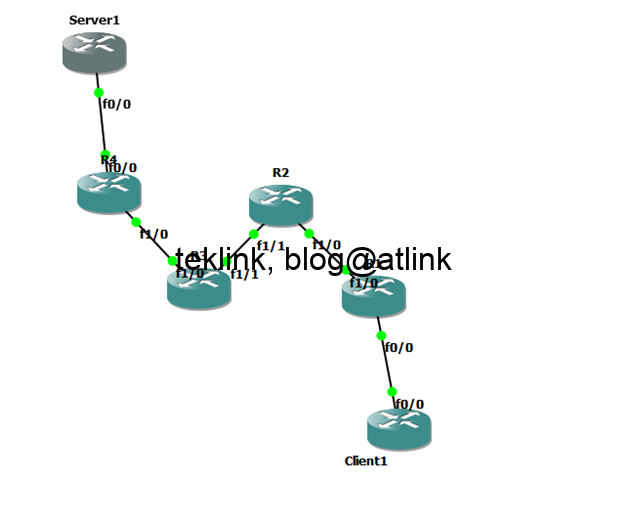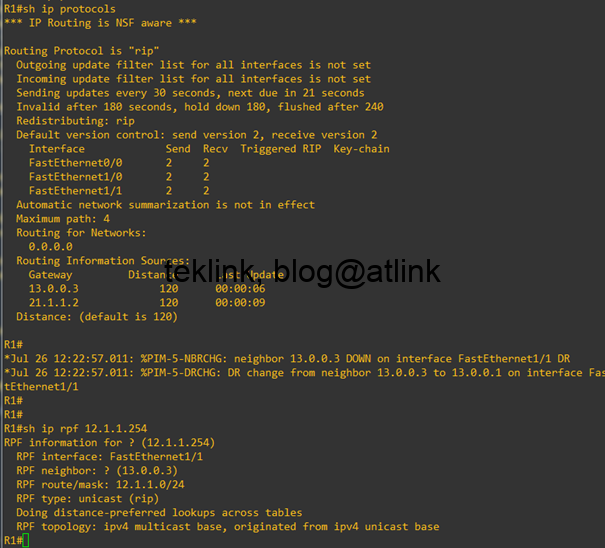
All routers : R1, R2 and R3 are configured for RIP operation: to advertise updates over and about all connected networks. Router R1 advertises 1.1.1.1/32 route into RIP domain. Router R3 receives 1.1.1.1/32 route information from R2 on the way from R3 to R1.
RIP into play
RIP database

A show ip rip database “network” shows that R3 RIP process has learnt the route in its RIB (Rounting Information Base) indicating this information: the nexthop (R2 interface that has sent the RIP update) and outgoing interface on R3 (FastEthernet1/1) that points towards this nexthop. The route descriptor includes only one path descriptor. Let’s observe that one route could have multiple paths attached to it…
This route gets next redistributed to the routing table, the default routing table in case of no VRF (Virtual Routing and Forwarding) or the GRT (Global Routing Table), that is effectively used by the router to perform the routing operation. The routing table accepts information from different routing sources: static and dynamic (IGP and EGP).
In the routing table

Using the command show ip route “network” we could get information about the existance of a specific route to this network, its origin (in our case RIP) and related admnistrative distance (120 in case of RIP, the more small the distance the most likely the route to be in the routing table), the last source of update and time, in addition to the routing descriptors blocks: nexthop, advertising gateway, outgoing interface, calculated metric from the perspective of the active router, traffic share count in situation of ECMP (Equal Cost Multiple Paths to the same destination)
But what if R2 installed another protocol or source to the same route (same subnet and mask) to R1 loopback0 network ? for test purposes, let’s configure at R2 level a static route that has a better administrative distance of 1 that RIP (120). As soon as the static route configured the previously RIP is no more in the default router routing table.
Let’s install a static route

The poisoning procedure into play
R2 starts poisoning the R1 route in its updates to R3. In the next figure, we show the output of the command debug ip rip in R3. It says that R3 is receiving a v2 RIP update from R2 (12.0.0.2) on FastEthernet 1/1 with route 1.1.1.1/32 udpate set to inaccessible (equivalent to 16 hops far).





